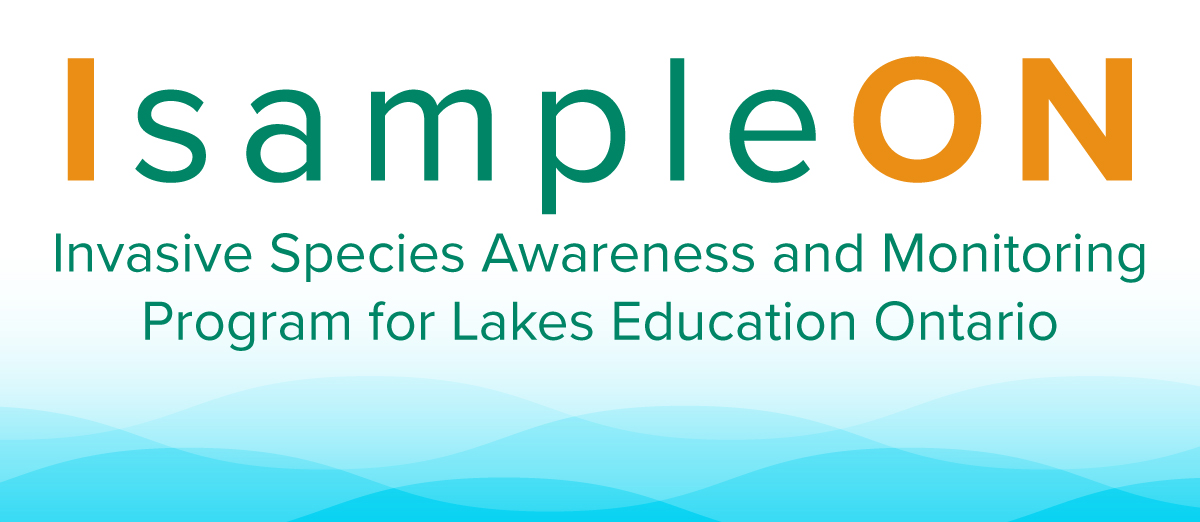
Did you know invasive species could be threatening your lake? Aquatic invasions in Ontario are not novel to just the Great Lakes. Action is needed to protect inland lakes that are free from or at high risk of aquatic invasion.
The Invasive Species Centre has partnered with the Federation of Ontario Cottagers’ Associations to help citizens prevent, detect, and monitor aquatic invasive species in inland lakes. Early detection is our best defense against establishment of these species and their associated impact on ecosystems, the economy and society.
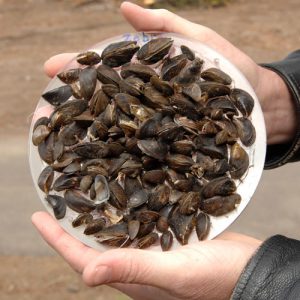

Environmental impacts of zebra and quagga mussels are serious. Invasive mussels filter plankton out of the water, depleting food sources for native species. Large colonies can take over fish spawning areas and beaches. Zebra and quagga mussels can reduce native mussels and increase the presence of aquatic weeds and toxic algal blooms, which can have health impacts on people, pets and native wildlife.
The most critical pathway for the spread of aquatic invasive species is recreational boating. By understanding what lakes are at greater risk for zebra and quagga mussel presence, prevention can begin.
On this page:
Where is sampling taking place?
What species are being monitored?
Where is sampling taking place?
With funding from the Ministry of the Environment, Conservation and Parks, 50 FOCA members are becoming citizen scientists, sampling 25 lakes in the Lake Huron, St. Lawrence and Lake Ontario watersheds that meet the “at-risk” criteria for invasive mussels and spiny water flea invasion.
Lakes with high calcium levels are of particular concern as this habitat is ideal for invasive mussel establishment. High-use boat launches also pose a great threat to invasive mussel introduction. Recreational boating acts as the pathway for introducing zebra and quagga mussels into new territory and calcium provides the preferred habitat for establishment.
What species are the lakes being monitored for?
Zebra and quagga mussels are native to Eurasia and were likely brought to Ontario waters via ballast water from ships. These mussels are typically found attached to objects, surfaces, or other mussels by threads extending from underneath the shells. The larvae are highly mobile as they are free-floating in water. This stage contributes to their rapid dispersal throughout the waterways subsequently leading to the colonization of water supply pipes of hydroelectric and nuclear power plants, public water supply plants, and industrial facilities. Zebra and quagga mussels primarily consume phytoplankton and zooplankton which may have effects through the food web to fish.
Learn more by visiting our species profile here.
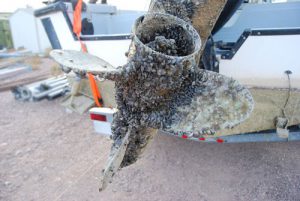
Spiny waterflea is also native to Eurasia and was introduced into the Great Lakes from ballast water from ships. Now, spiny waterflea is present in all five Great Lakes and in over 100 nearby inland lakes. They are best known for their barbed tail, used as a defense mechanism to deter predation by small fish. In total, spiny waterfleas are just visible at approximately 1.5 cm in length. This invasive zooplankton outcompetes native species for food, which can have cascading impacts to the entire food web. Jelly-like masses of spiny waterfleas impact recreation and commercial fishing when they are caught in fishing equipment and commercial netting and trawling lines.
Learn more by visiting our species profile here.
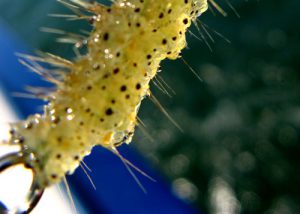
How can I get involved?
Help prevent the spread of aquatic invasive species
Public awareness and preventative activities are critical in stopping the spread of this invasive species into more waterbodies.
- Clean your gear! – Clean any plants, mud, mussels and debris from your boat and equipment. Drain all standing water from your bilge, motor and live well. Dry your boat and fishing equipment for 2-7 days and/or disinfect with hot, pressurized water. Below are some common places invasive species may by hiding:
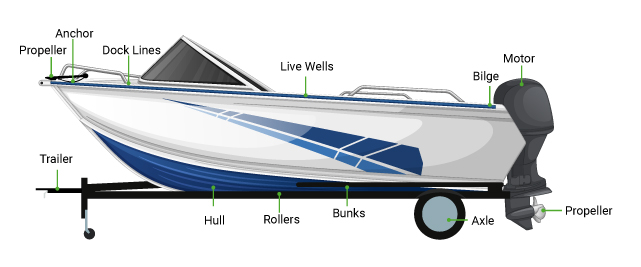
- DIY Dock hangers – Buy small terracotta pots and string a rope through the hole tying a knot on the inside to prevent the pot from falling. Hang the pots from your personal dock for a season and check periodically for zebra mussel establishment. You can even use several pots at different depths along the same rope.
- Don’t dump your bait! – Empty bait buckets at least 30 meters away from the waterbody shoreline on dry land (CABI)
- Spread the word! – Increasing public awareness about this invasive species and how to identify it will help to prevent the spread of aquatic invasives. Check out our webinar series to learn more about invasive species and sign up for our email list.
- Learn, Identify, Report! – By Learning how to identify and prevent accidentally spreading this aquatic invasive species, we can protect our lakes! If you see zebra mussels or spiny waterflea, report your sightings!
IsampleON photo contest
This summer, we called on Ontarians to tell us why they want to protect their waters from aquatic invasive species.
Thank you to the more than 100 people who told us how or why they are preventing, detecting, and monitoring for aquatic invasive species in their favourite lakes!
Disclaimer
The views and information outlined above are of our own and not those of Ministry of the Environment, Conservation and Parks. By participating in any activity organized by Invasive Species Centre (ISC) or Federation of Ontario Cottagers’ Association (FOCA), you agree to the following: Participation in ISC/FOCA activities are considered “at your own risk”. All participants must use due care under the circumstances to comply with all provincial and federal rules, regulations, and legislation, including but not limited to, the Criminal Code of Canada, Canada Shipping Act, federal Fisheries Act, Aquatic Invasive Species Regulations, and Ontario Fishery Regulations and Variation Orders, as well as the Species at Risk Act, provincial Fish and Wildlife Conservation Act and regulations, Invasive Species Act, and Endangered Species Act. Both ISC and FOCA, including but not limited to the founders, organizers, committee members, advisory board members, sponsors, exhibitors, supporters, etc., assume no liability for any loss, theft, damage, or injury to property or persons whether arising in contract, negligence, equity, or otherwise.


